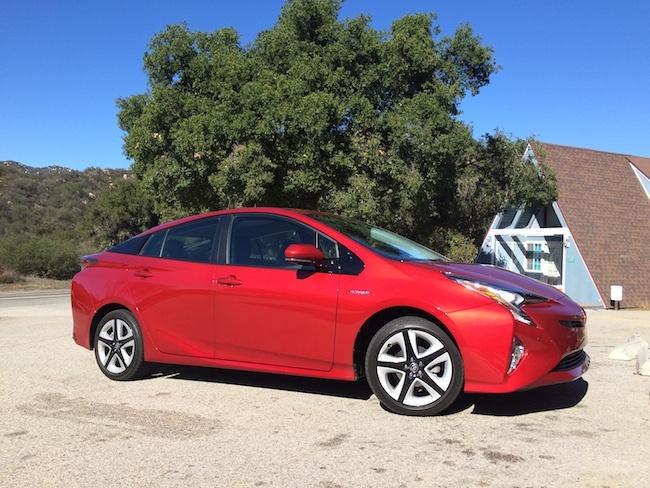Reactive: G20 Missed Major Opportunity to Change Game on Climate


By Mark Raven
Civil society and climate groups from across Turkey and the world have responded to Tuesday's G20 Leaders Communiqué with a mix of shock and disappointment.
“Coming right before the Paris Climate Summit, this was an opportunity for Heads of State from a range of countries to show their commitment to scaling up climate action both inside and outside of the UN,” said Mustafa Özgür Berke, from WWF-Turkey and İklim Ağı (Climate Network).
“Heads of State could have provided a clear and powerful signal ahead of the Climate Summit by putting a date the end of fossil fuel subsidies, and agreeing to stop funding fossil fuel projects around the world,” Ümit Şahin from İklim için (For The Climate) said.
Instead they have rehashed previous positions and in doing so risk being on the wrong side of history as citizens, cities and businesses increasingly take the lead in scaling up the just transition away from fossil fuels to a world powered by 100% renewable energy.
‘The G20 leaders failed to grapple their chance to show to the world community that they can be united to deal with the challenges we are confronted with,’ said Wendel Trio, director of Climate Action Network Europe. ‘Now was the time to be strong on tackling climate change and fossil fuel pollution. And we are disappointed our leaders failed to do so.’
“A broad and diverse range of civil society, non-profits and advocacy groups from across Turkey and the wider international climate and development movement all worked co-operatively to develop a set of four clear asks for G20 Leaders to meaningfully address the great climate challenge facing us,” Barış Karapınar, General Manager of TEMA Foundation said.
There was no significant progress made on any of these core asks:
- A complete and total end to ALL fossil fuel subsidies.
- Stop our financial risk from climate impacts and action; demanding the G20 set a clear plan by 2018 to stress test all spending against its compatibility with global climate commitments.
- An immediate end to all investment plans for the expansion of existing and all new coal fired powered plants and mines in Turkey.
- G20 leaders to unequivocally state their support for a long-term goal and ambition mechanism in Paris.
The climate movement stands for peace and solidarity - our members around the world have been deeply affected by the dreadful events that have taken place in Paris and Beirut and stand in solidarity with the victims. These events have pushed the G20 agenda in the direction of a strong and necessary focus on security.
“Climate change will only increase conflict, increase violence and play a role in even greater geopolitical conflicts and mass migration of desperate refugees,” Efe Baysal from Yuva Association said.
Groups as diverse as The Pentagon, the US Department of Defence, The Atlantic Council, NATO, the Global Military Advisory Council On Climate Change (GMACC), the Council for Security Cooperation in the Asia Pacific (CSCAP) and the Australian Defence Force have all concluded that climate change is one of the most serious security threats to the globe and that serious and immediate action is required. “The G20 leaders have failed to grasp this most basic of facts that the science illustrates so compellingly,” added Mustafa Özgür Berke.
“G20 members are currently spending 789 times more on fossil fuel subsidies than they are on the Green Climate Fund, and yet they say in the communiqué how critical this Fund is and climate finance is - this is patently obscene,” Ethemcan Turhan from the Ecology Collective added.
“Heads of State completely missed the point: as long as hundreds of billion of public dollars in fossil fuel subsidies are fueling climate change and its devastating consequences, we won't be able to build the world of solidarity, with a stable climate and 100% renewable energy we need." said Celia Gautier from Climate Action Network France.
“Now they have two more weeks to demonstrate the leadership needed to secure a successful deal at the Climate Summit in Paris. They must provide more money to help poor countries adapt, and commit to revisit and ratchet up their current inadequate national emissions reduction targets.” said Steve Price-Thomas, Oxfam’s Deputy Advocacy and Campaigns Director
“We must hope that these Leaders display the leadership in Paris that they failed to deliver here in Turkey on all matters to do with climate change, the most pressing of our global problems. The world is depending on it and the world is most certainly watching,” Ümit Şahin from İklim İçin (For the Climate Campaign) said.
About CAN: The Climate Action Network (CAN) is a worldwide network of over 950 Non-Governmental Organizations (NGOs) from over 110 countries working to promote government and individual action to limit human-induced climate change to ecologically sustainable levels. www.climatenetwork.org
Image credit: Turkey G20 Summit
This piece was originally published on Climate Network


















